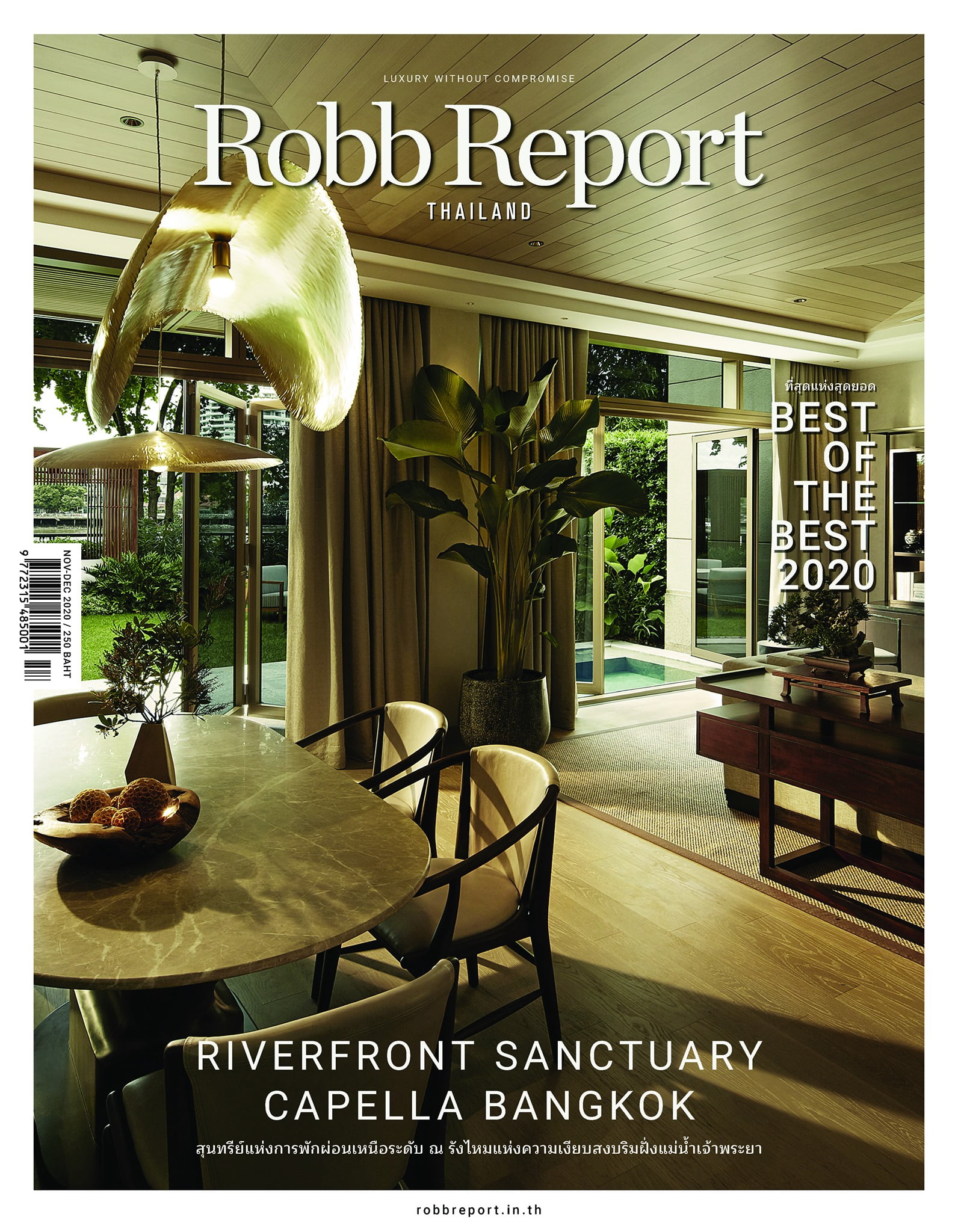Cega 002/60 โฉบเฉียวบนถนนชนบทราวกับฉากภาพยนตร์เกรนละเอียดที่ถูกปรับปรุงเป็นความคมชัดสูง สุดยอดรถคันนี้เป็นการยกย่องเฟอร์รารี่ 250 เทสทารอสซ่า ที่มีประวัติศาสตร์อันเหลือเชื่อ เคยถูกใช้แข่ง ขับชน แล้วนำกลับมาสร้างใหม่พร้อมปรับแต่งอย่างมีนัยสำคัญ จนประสบความสำเร็จบนสนามแข่งยุโรปในยุคทองของมอเตอร์สปอร์ต ก่อนจะถูกขายและกลับไปสู่สเปคเดิมอีกครั้ง 7 ปีต่อมา
ในปี 1958 ที่เนินเขา Freiburg-Schauinsland ประเทศเยอรมนี Alfred Hopf เจ้าของรถสูญเสียการควบคุม 250 Testa Rossa ของเขาและลงเอยลึกเข้าไปในต้นไม้ของ Black Forest ในปีถัดมา เศษซากรถยนต์ถูกซื้อโดยพี่น้อง Claude และ Georges Gachnang จากเมืองแอแกล ประเทศสวิตเซอร์แลนด์ แม้ว่าประเทศของพวกเขาห้ามแข่งมอเตอร์สปอร์ตในขณะนั้น แต่พวกเขามุ่งมั่นที่จะลงแข่ง Claude ช่างซ่อมรถยนต์ผู้มากฝีมือ ได้ออกแบบช่วงล่างใหม่เพื่อการควบคุมรถดีขึ้น จากนั้นจึงมอบหมายให้ Scaglietti บริษัทออกแบบตัวถังรถยนต์ของอิตาลี นำอลูมิเนียมขึ้นรูปด้วยมือมาห่อหุ้มโครงรถที่ทำจากเหล็กรูปท่อในตัวถังอะลูมิเนียมทุบด้วยมือ (เช่น หาง Per tที่โดดเด่น ได้รับแรงบันดาลใจมาจากรถสปอร์ตอังกฤษยุคนั้น รถที่ได้รับการตั้งชื่อว่า Cegga 002/60 คว้าชัยชนะการแข่งขันไต่เขาหลายรายการในยุโรปช่วงต้นยุค 1960 ภายใต้ธงของ Scuderia Cegga (ซึ่งย่อมาจาก Claude et Georges Gachnang Aigle) และปรากฎตัวบนกริดสตาร์ทที่ Four Hours of Pescara และ Nürburgring 1,000 กิโลเมตร
แต่หลังจากอุบัติเหตุในปี 1966 จอร์จก็เลิกแข่งและรถถูกขายให้กับนักสะสมเฟอร์รารี่ผู้เปลี่ยนกลับไปเป็นสเปคเดิมทันที Scuderia Cegga และรถโรดสเตอร์ดีไซน์พิเศษของพวกเขาอาจถูกลืมเลือนไปหมดสิ้น หากไม่ใช่เพราะ David Cooke อดีตนักรักบี้ชาวอังกฤษ (และนักแข่งรถประวัติศาสตร์ตัวยง) ในปี 2016 Cooke ได้อ่านหนังสือเกี่ยวกับพี่น้อง Gachnang และรถของพวกเขา จึงติดตามหาพี่น้องซึ่งอยู่ในวัย 80 แล้ว พวกเขามอบภาพวาดทางเทคนิคและรูปถ่ายในยุค 002/60 ให้กับ Cooke Cooke ผู้เชี่ยวชาญรถคลาสสิก ใช้แชสซีเฟอร์รารี่ 250 GT Boano และเครื่องยนต์ Colombo V-12 3.0 ลิตร สร้างรถขึ้นมาใหม่พร้อมดิสก์เบรกแบบอินบอร์ด เฟืองท้าย ENV และระบบกันสะเทือนหลังอิสระ (แทนเพลาแบน) เพื่อให้ตรงกับรูปทรง Cegga ดั้งเดิม กระบวนการนี้ใช้เวลา 4 ปี โดยพี่น้องเดินทางมาจากสวิตเซอร์แลนด์เป็นประจำเพื่อให้คำแนะนำแบบลงมือปฏิบัติ ในปี 2019 Cooke ได้นำ Cegga Doppelgänger ไปแข่งที่ Goodwood Revival ขณะที่ Georges เฝ้ามองด้วยน้ำตา และรถจำลองคันนี้กลายเป็นดาวเด่นในงานแข่งขันรถยนต์ประวัติศาสตร์อยู่เสมอ
แม้จะเป็นรถรุ่นเก่า แต่ Cegga 002/60 กลับขโมยหัวใจคนได้มากกว่าไฮเปอร์คาร์ยุค 2024 เสียอีก เครื่องยนต์ V-12 ไร้ระบบลดเสียง คำรามเสียงดังผ่านท่อไอเสียคู่ จนแทบเป็นไปไม่ได้ที่จะคุยกันภายในห้องโดยสาร แต่แม้ช่วงล่างจะได้รับการปรับแต่งไปบ้าง ตัวรถก็ยังคงขับเคลื่อนอย่างคล่องแคล่ว มีระบบบังคับที่ผู้ขับสัมผัสได้ชัดเจน เกียร์ธรรมดาที่ต้องใช้แรง ประสบการณ์การขับขี่รถคันนี้จึงทั้งท้าทายและตอบแทนผู้ขับทุกวินาที Cegga เพิ่งถูกประมูลไปด้วยมูลค่าเกือบ 865,000 ดอลลาร์สหรัฐฯ ด้วยความช่วยเหลือจาก DK Engineering ผู้เชี่ยวชาญด้านการเสริมแต่งเฟอร์รารี่จากสหราชอาณาจักร และแพลตฟอร์มออนไลน์ Carhuna การประมูลครั้งนี้ตอกย้ำว่าบางครั้ง คุณค่าที่แท้จริงของรถ ไม่ได้ขึ้นอยู่กับที่มาที่แท้จริงเสมอไป แต่ขึ้นอยู่กับทีมงานผู้สร้างและหัวใจของผู้ครอบครอง
จากบทความโดย Tim Pitt
With the effect of seeing a grainy cinematic reel enhanced to high-def, the Cegga 002/60 roars into view, in living color, on a country road just outside London. The car is a tribute to a Ferrari 250 Testa Rossa that lived a most improbable life: Raced, wrecked, then rebuilt and significantly customized, it went on to enjoy notable success on the European racing circuit during the golden age of motorsport—only to be sold and reverted back to standard spec some seven years later.
A brief timeline, for clarity: In 1958, on the Freiburg-Schauinsland hill climb in Germany, owner Alfred Hopf lost control of his 250 Testa Rossa and ended up deep in the trees of the Black Forest. The following year, the wreckage was bought by brothers Claude and Georges Gachnang of Aigle, Switzerland, who, despite their country’s ban on motorsport at the time, were determined to race. Claude, a gifted mechanic, redesigned the suspension to sharpen the car’s handling, then commissioned Italian coachbuilder Scaglietti to wrap the tubular steel chassis in a distinct hand-beaten-aluminum body. (The pert tail, for example, owes much to British sports cars of the era.) The vehicle, christened Cegga 002/60, went on to win numerous European hill climbs in the early 1960s under the banner of Scuderia Cegga—an acronym of Claude et Georges Gachnang Aigle—and appeared on the starting grid at the Four Hours of Pescara and the Nürburgring 1,000 Kilometers.
But after an accident in 1966, Georges retired from competition and the car was sold to a Ferrari collector who immediately converted it back to stock. Scuderia Cegga and its uniquely styled roadster might have been forgotten entirely if it wasn’t for former English rugby star (and avid historics racer) David Cooke. In 2016, Cooke, having read about the Gachnangs and their cars, tracked down the brothers, then in their 80s, who shared their trove of technical drawings and period photos of the 002/60. Using a Ferrari 250 GT Boano chassis and a period-correct 3.0-liter Colombo V-12, classics expert Neil Twyman re-created the machine with inboard disc brakes, an ENV differential, and independent rear suspension (instead of a beam axle) to match the original Cegga geometry. The process took four years, with the brothers regularly flying over from Switzerland to provide hands-on advice. In 2019, Cooke raced the Cegga doppelgänger at the Goodwood Revival as a tearful Georges watched, and the replica went on to become a regular sight at historic events.
When in motion, the 002/60 turns more heads than any 21st-century hypercar. Exhaling through twin side pipes, its unsilenced V-12 is brutally loud—any attempt at conversation inside the cockpit is useless—but the modified chassis imbues the drive dynamics with a surprising level of sophistication; with its tactile steering and muscular manual shift, the racer demands, and rewards, every ounce of attention. With the help of U.K.-based Ferrari-restoration house DK Engineering and the Carhuna online auction platform, the Cegga recently sold for nearly $865,000—a reminder that, with the right build team in your corner, authenticity is sometimes more a matter of attitude than pure provenance.
From the article by Tim Pitt








